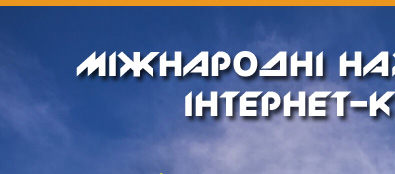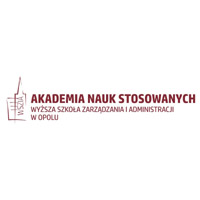The CLIL (Content and Language Integrated Learning) methodology is considered one of the leading educational methods in modern pedagogy, focused on integrating subject and language components of learning. The topicality of the research is determined by the necessity of 21st century education to develop competitive specialists who are able to simultaneously master professional content and enhance their foreign language communicative skills. The object-matter of the research is the subject and language integrated learning as an innovative pedagogical teaching method, and the subject-matter is the methodological peculiarities of the organization and implementation of CLIL lessons.
The methodological principles of CLIL are based on the assertion that "all teachers are language teachers", which emphasizes the inextricable link between knowledge acquiring and language skills development [1, 2]. The essential factors for the effectiveness of the teaching methodology are the combination of four interrelated components: content, communication, cognition, and culture [1, 3]. It is important to integrate all four types of language activities – listening, reading, speaking and writing – which are organised through specially selected tasks that promote content acquisition and develop language competence.
In a CLIL lesson, language performs both an educational and a communicative function, while the subject area determines the essential language repertoire. The structure of a CLIL lesson involves the sequential examination of texts, the identification and organization of knowledge, the highlighting and functional examination of language units, and the implementation of various receptive and productive activities. A distinctive feature is the rejection of the dominance of the grammatical approach in favor of the lexical and functional methods, which allows the language to be considered in its original context. At the same time, emphasis is placed on the cognitive advancement of students, particularly on the development of skills in analyzing, classifying, interpreting, and presenting information.
In terms of methodological characteristics, an essential aspect is the training of educators who are expected to perform a dual role as language and subject lecturers. New approaches to professional training and advanced learning are required to be developed.
The effectiveness of CLIL implementation in the educational process significantly depends on the selection of high-quality teaching materials. The materials involved in the teaching process are meaningful, but at the same time adapted to the level of students’ language proficiency, which prevents overload and ensures gradual increase in the complexity of tasks. The materials include both authentic texts and specially created teaching resources aimed at integrating subject and language components. The use of multimedia tools makes it possible to increase the cognitive activity of students and make the learning process more dynamic and practice-oriented.
The obstacles to the implementation of CLIL are the insufficient willingness of subject lecturers to engage in language activities, the lack of programs for their special training, the experimental approach of most modern programs, and the requirement for a high level of foreign language competence. In addition, the implementation of CLIL is impossible without the use of information and communication technologies, which allow the development of a modern learning environment that enhances cognitive activity, social interaction, and personal growth of students.
Therefore, the methodological foundations of CLIL provide for the integration of content and language, contribute to the development of critical thinking skills, linguistic and cultural awareness, increase student motivation, and create conditions for preparing to educate and engage in professional activities in a globalized world. The prospects of the research include the development of versatile models of CLIL lessons for different educational levels, improvement of assessment tools, adaptation of teaching materials to the necessities of different categories of learners, and analysis of the impact of CLIL on educating intercultural communicative competence.
References:
1. Banegas D.L., Zappa-Hollman S. The Routledge Handbook of Content and Language Integrated Learning (Routledge Handbooks in Applied Linguistics). Routledge, 2023. 546 p.
2. Coyle D., Hood P., Marsh D. CLIL. Content and Language Integrated Learning. Cambridge University Press, 2010. 184 p.
3. Coyle D., Meyer O. Beyond CLIL: Pluriliteracies Teaching for Deeper Learning Kindle Edition. Cambridge University Press, 2021. 229 p.
|







